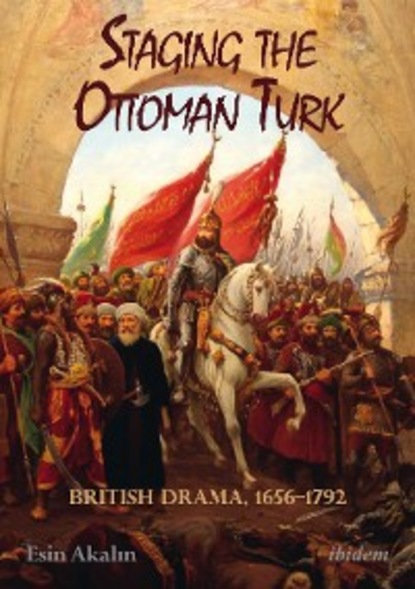Полная версия
"In the wake of the fear that gripped Europe after the fall of Constantinople (1453), the English dramatists joined most continental artists (literary and visual) in representing the Ottoman Turks in plays inspired by historical events. As the many subjective elements involved in the stereotyping of the Turks in these plays—revolving around complex themes such as tyranny, captivity, war, and conquests—arose from their perception of Islam, Ottoman milieu as a dramatic setting provided for the English audiences a common experience of fascination and fear of the Other. The Ottomans' failure in the second siege of Vienna (1683), however, became a factor in the reversal of trends in the representation of the Turks on stage. As the ascending strength of a web of European alliances began to check further the Ottoman expansion, what then began to dazzle the aesthetic imagination of the eighteenth century England was the sultan's seraglio with images of extravaganza and decadence. <br/> In this book, Esin Akalın draws upon a selective range of seventeenth and eighteenth century plays to reach an understanding, both from a non-European perspective and Western standpoint how one culture represents the other through discourse, historiography, and drama. The book explores a cluster of issues revolving around identity and difference in terms of history, ideology, and politics of representation. In contextualizing political, cultural, and intellectual roots in the ideology of representing the Ottoman/Muslim as the West’s Other, the author, ultimately, tackles with the questions of how history serves literature and to what extent literature creates history. <br/> "
- О книге
- Читать














